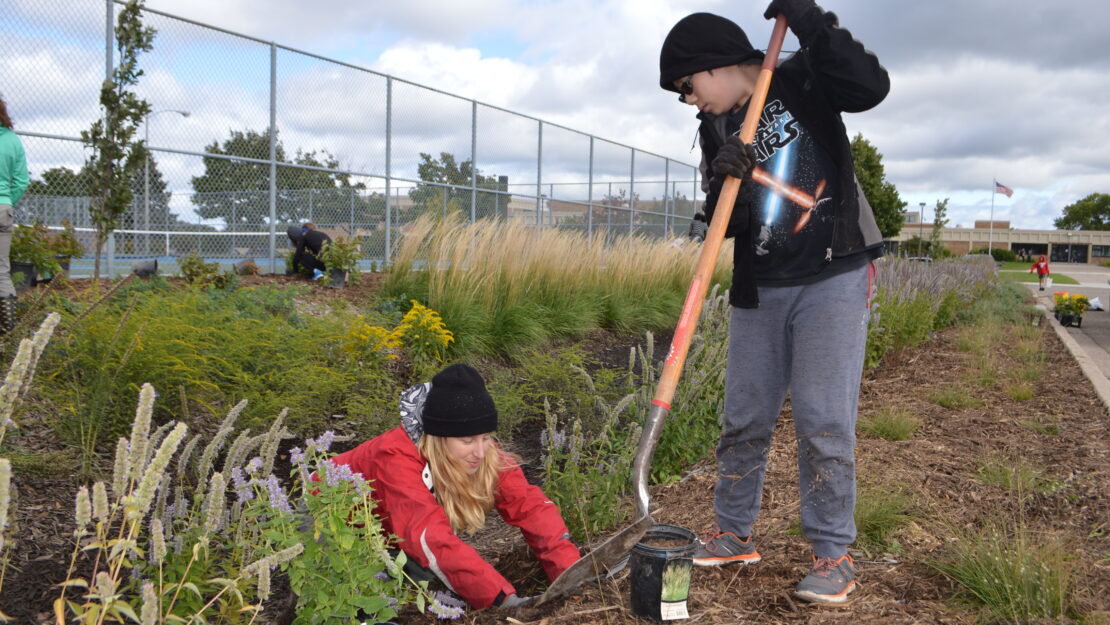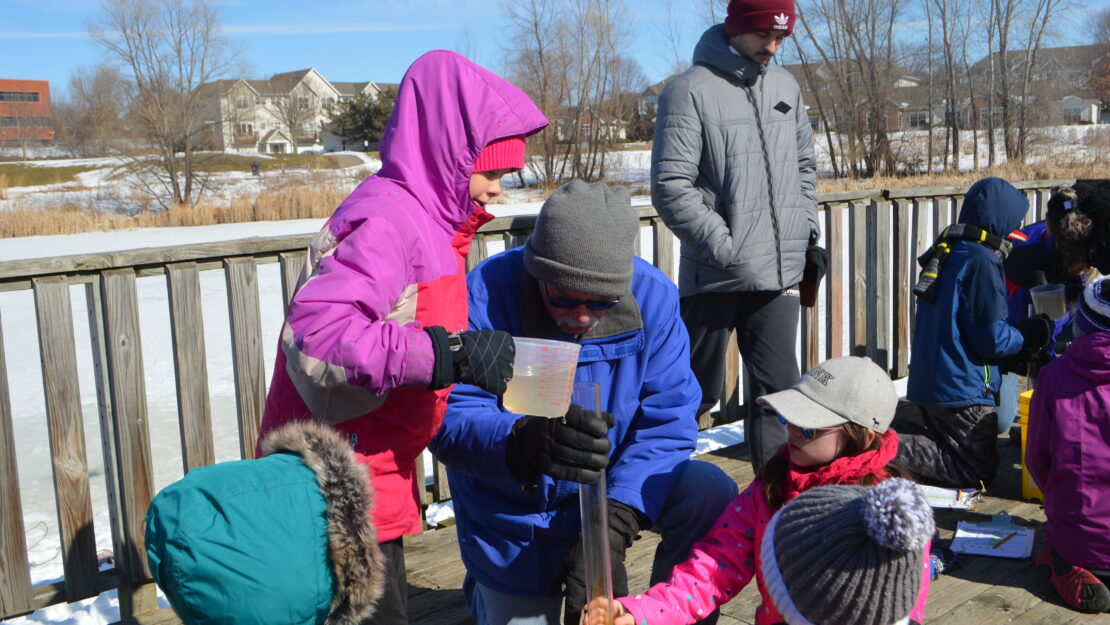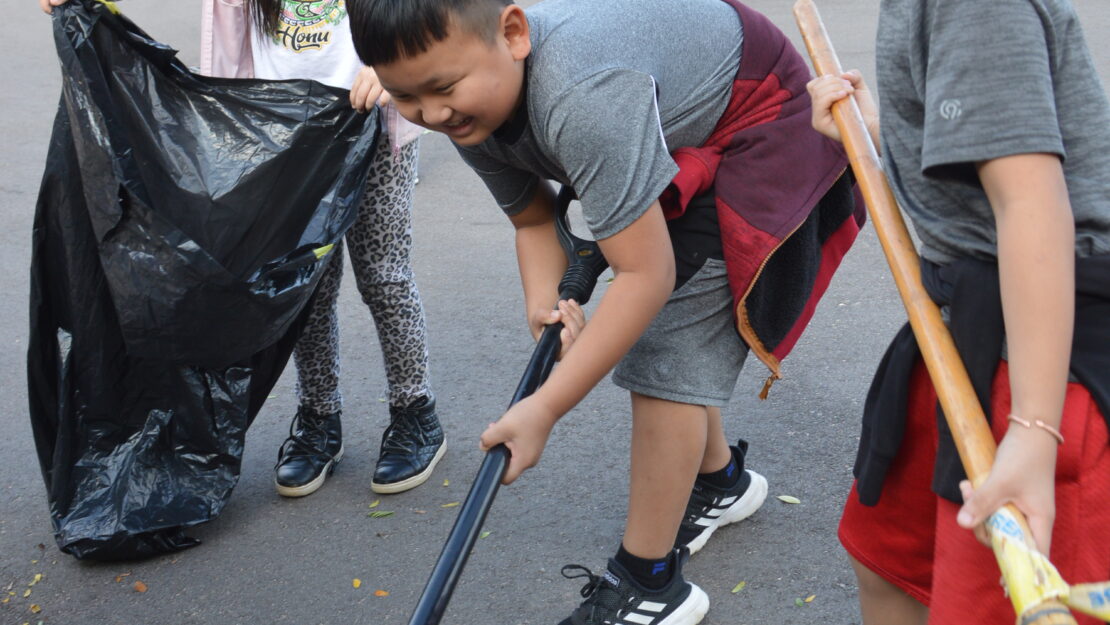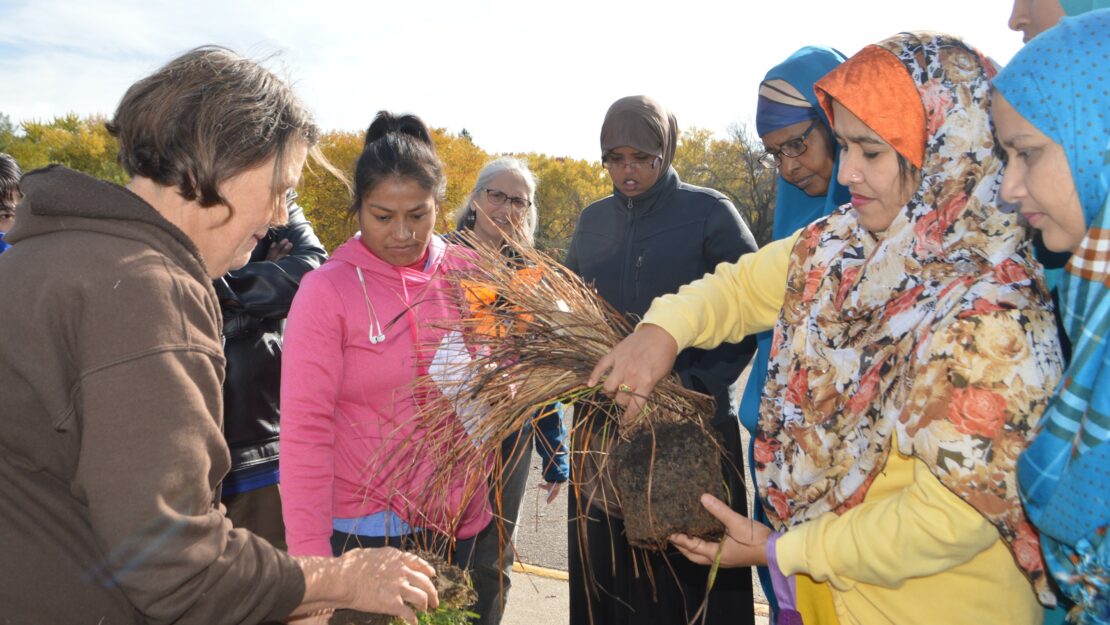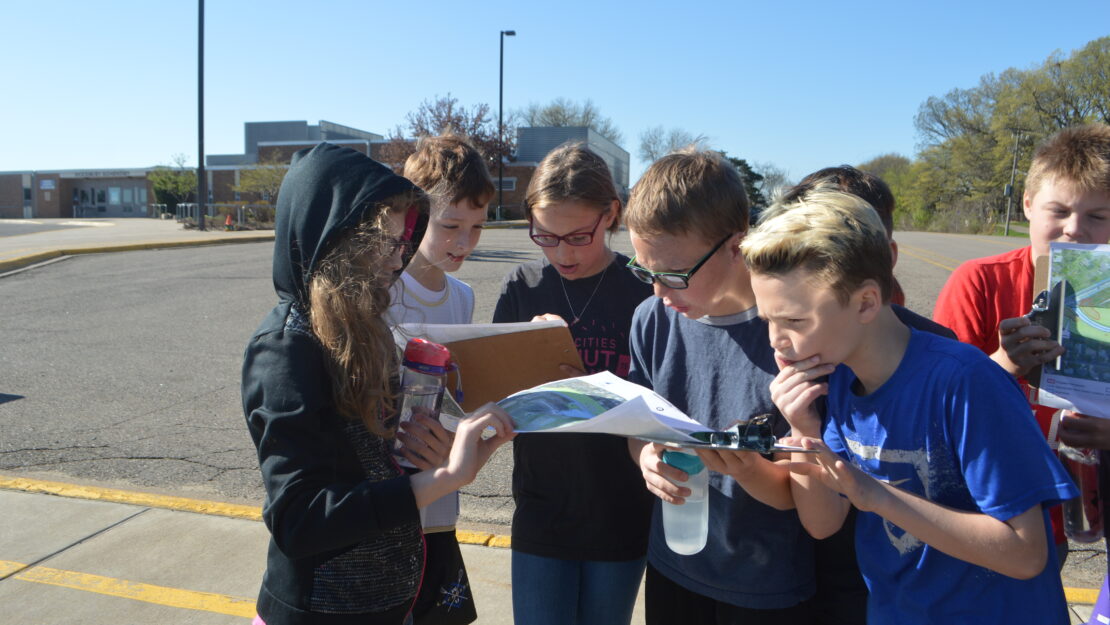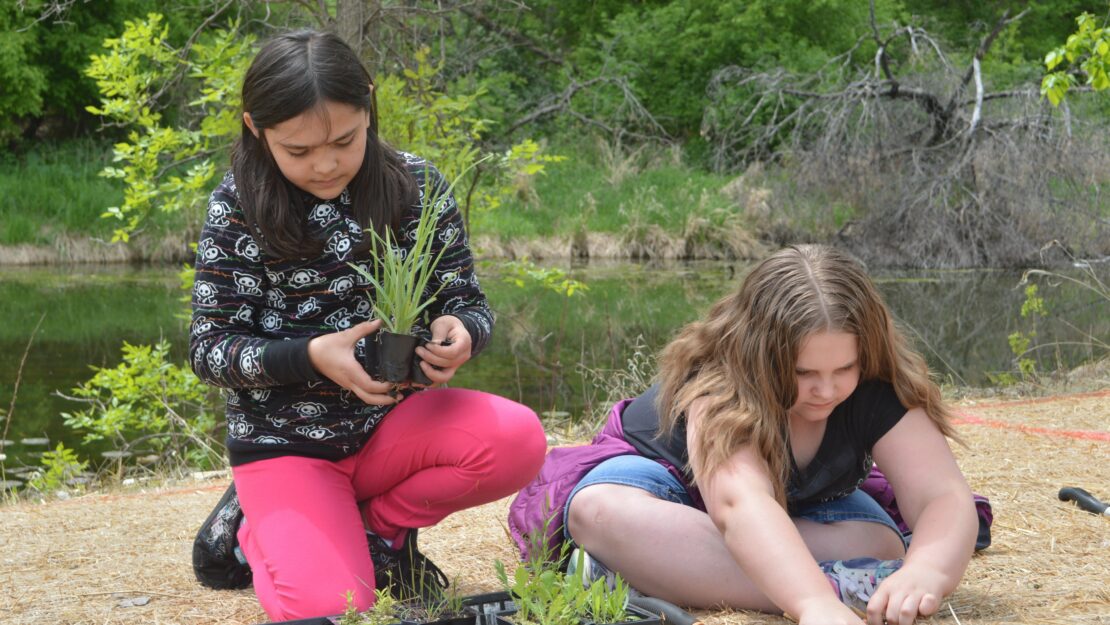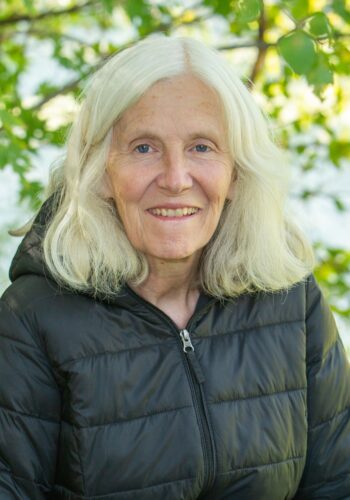School Programs
We develop and customize lesson plans and service learning activities for K-12 students, in both the classroom and the field. We connect students to projects happening in our watershed, highlight local issues, and organize field trips to empower youth with the tools to improve and protect water resources and enhance the habitats near them.
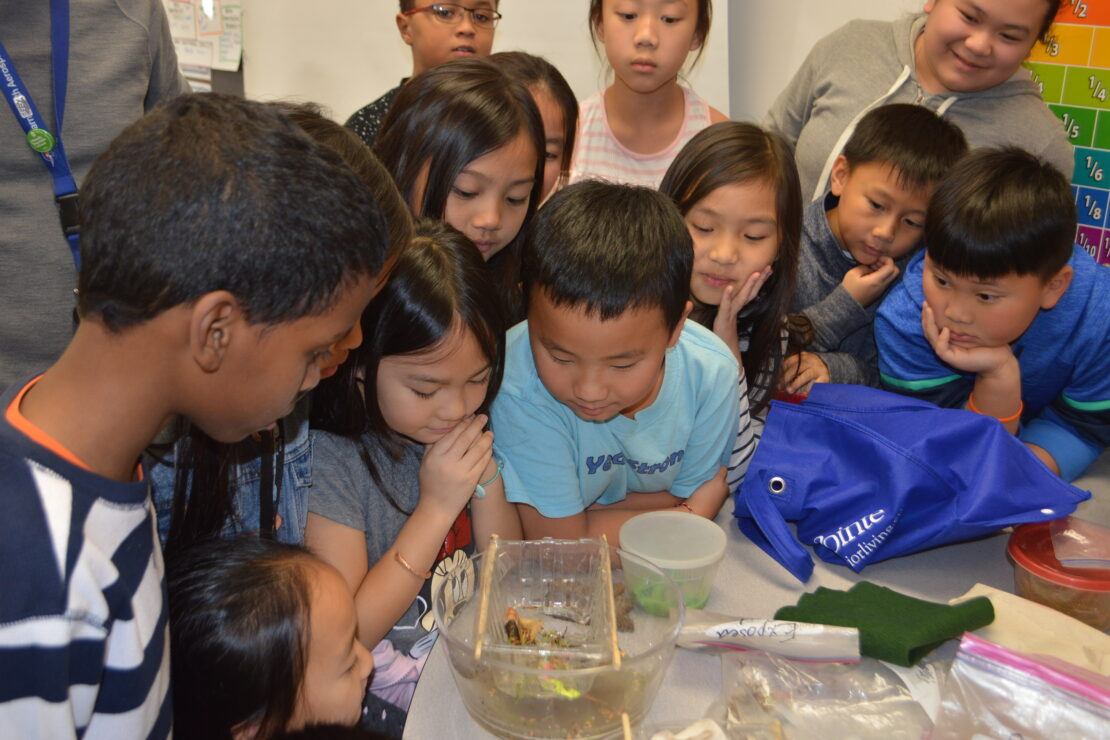

We develop and customize lesson plans and service learning activities for K-12 students, in both the classroom and the field. We connect students to projects happening in our watershed, highlight local issues, and organize field trips to empower youth with the tools to improve and protect water resources and enhance the habitats near them.
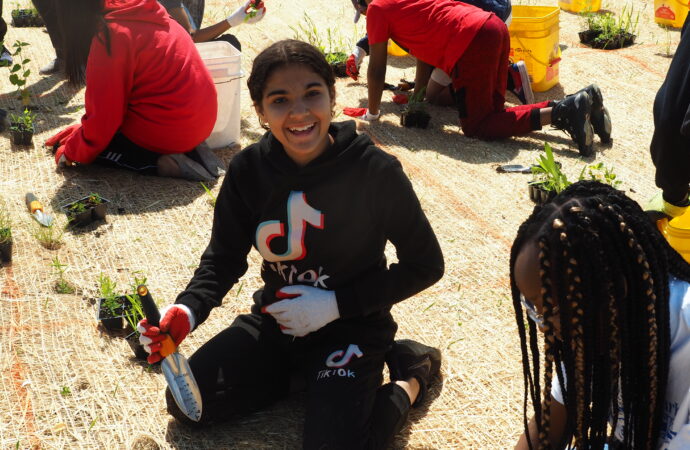
Here are several of the lessons we offer and questions we can help answer:
Follow the Flow: Watershed Mapping
- Where does the water go that leaves your school ground?
- How does the run-off in the streets near your school get to the nearest lake/wetland/creek and eventually the Mississippi River?
- We can customize maps to help you follow the flow!
What is Polluting our Lakes/Wetlands/Creeks/Rivers?
- What are some ways our lakes, wetlands, and rivers are becoming polluted?
- How can we measure how clean these water bodies are? Practice using some tools and then use them out in the field.
- How does the over-use of salt impact our lakes and creeks? How can we reduce the amount of salt we use?
Taking Action to Reduce Water Pollution
We can support you with these kinds of projects:
- Neighborhood clean-ups around lakes, creeks, and wetlands
- Adopt-A-Drain projects in your neighborhood
- Reducing run-off from your schoolyard
Interested in having us work with your school?
Contact us to set up a visit to your school. We can meet with you to plan and provide hands-on lessons appropriate to your age group(s) that can fit into your schedule.
